Este post também está disponível em:
Português
English
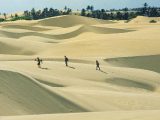
The municipality of Tutóia in Maranhão is a support base for those who visit the Lençóis Maranhenses National Park and the Parnaiba River Delta.
Tutóia is geographically privileged for being located in front of the Parnaíba River Delta and next to the Little Lençóis Maranhenses.
The dunes are one of the attractions of the city, where it is possible to make tours on foot, by buggy or by 4×4 car.
The Delta do Rio Parnaíba and the Little Lençóis Maranhenses fill the city of Tutóia which has become in recent times one of the attractions in Maranhão for the practice of ecotourism.
In Tutóia it is possible to make several trips, such as visiting the 20 kilometres of paradisiacal beaches, with calm sea and white sand dunes, among them Arpoador and Namorados, the Lagoons of Taboa, Jacaré, Areia and Lagoinha, the islands Cajueiro, Coroatá, Melancieiro, Igoronhon, Grande, Pombas, José Correia, Caieira, Papagaio, forming the great Delta parnaibano, andalso to know the handicrafts in straw, leather, coconut, horn, line and shells that the region offers.
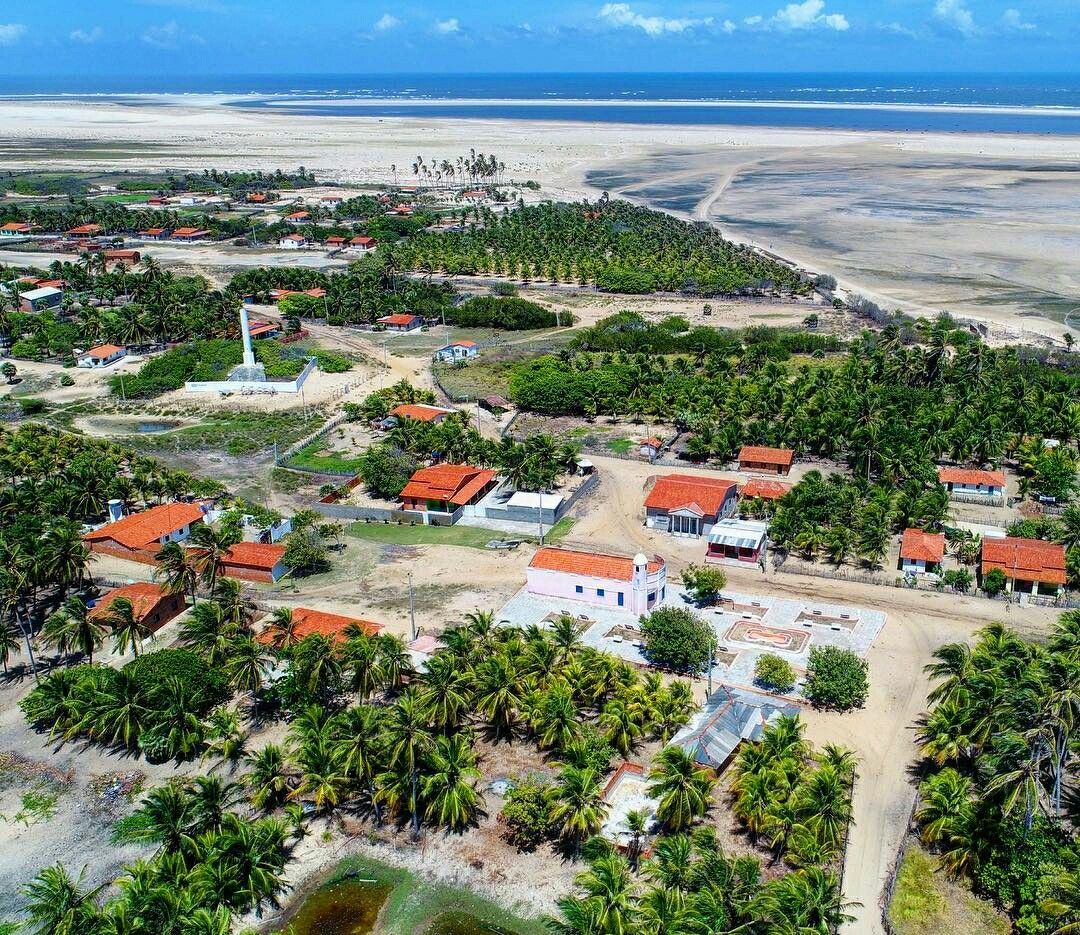
The municipality was founded on 28 March 1938. Tutóia means “sheet of sand”.
Although some claim that its true meaning is “good water”, in the language of the Tupi Indians, who also lived there.
Tutóia is geographically privileged because it is located in front of the Parnaíba River Delta and next to the Little Lençóis Maranhenses.
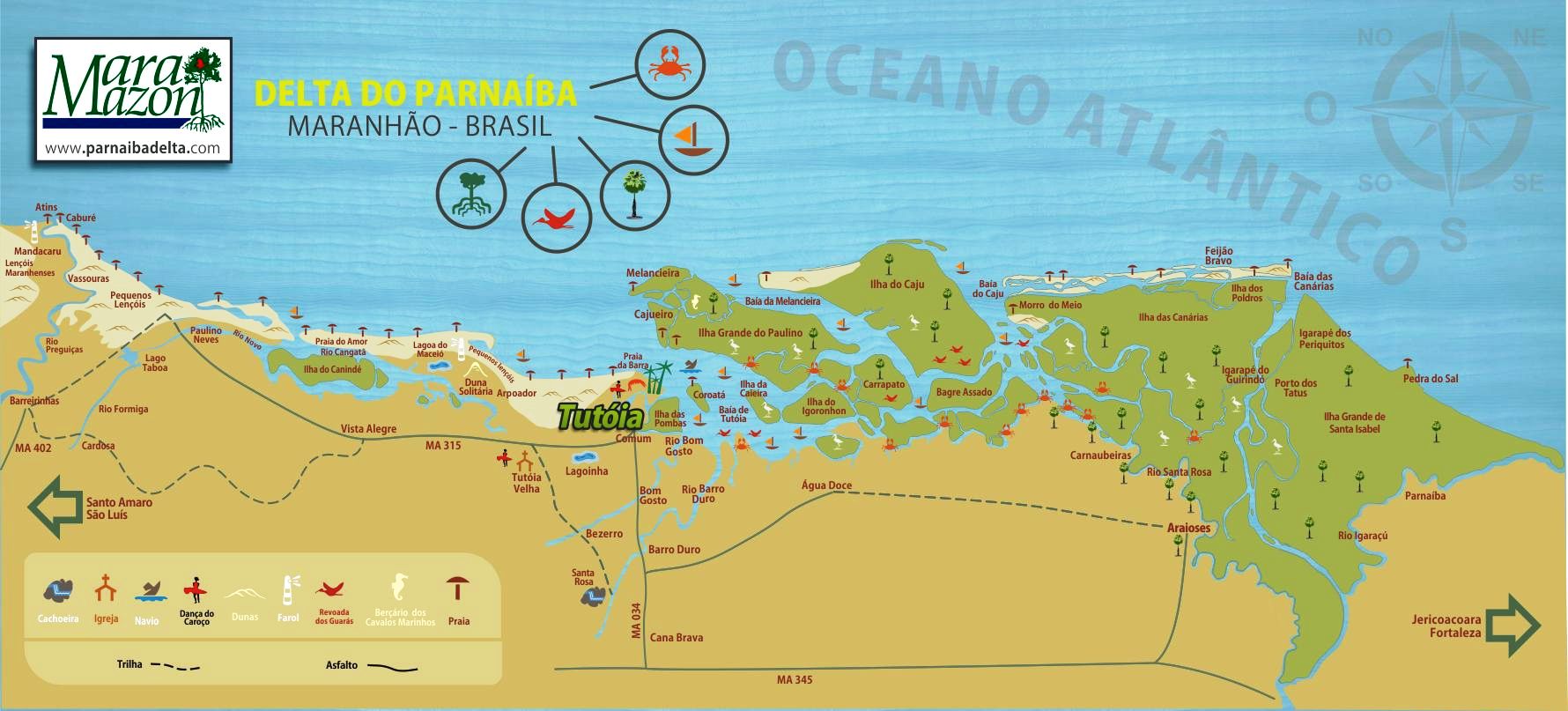
With an extensive coastline, the dunes of the Little Lençóis Maranhenses surround most of its beaches and lagoons, which justifies the name given by the Tremembés Indians, who inhabited the area in the 18th century.
The city is a micro-region of the Lençóis Maranhenses and known for its charms, dunes, lagoons and native beaches.
However, in Tutóia you can enjoy natural pools formed between the dunes during the rainy season (from January to July).
Its waters are crystal clear, different from those of the sea, much more turbid (influence of mangroves).
The dunes are one of the attractions of the city, where it is possible to take walks, buggy rides or 4×4 cars.
The Parnaíba River Delta and the Little Lençóis Maranhenses fill the city of Tutóia, which has recently become one of the attractions in Maranhão for ecotourism.

Tourist attractions of Tutóia
Delta do Rio Parnaíba
With a total area of 2,700 km², Tutóia is in the Parnaíba Delta, the only open sea delta in the Americas. Where you can find igarapés, mangroves, dunes, islands and islets, a good opportunity to enjoy the ecosystem that exists there.
Small Lençois – Pequenos Lençóis
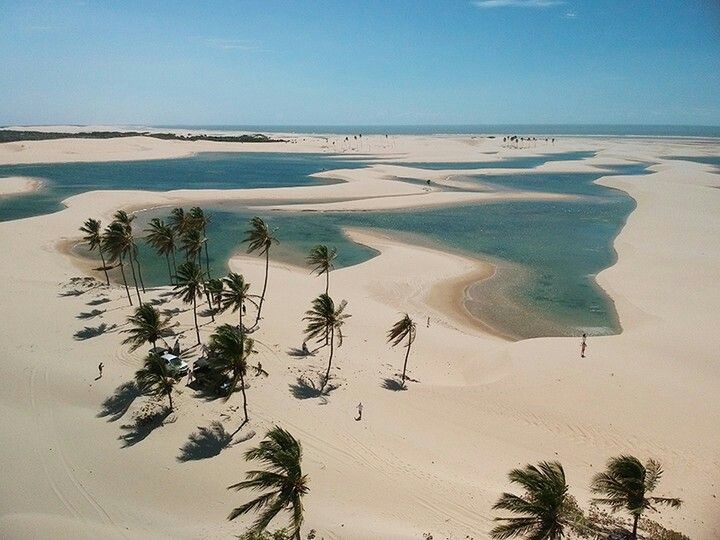
Located in the municipalities of Tutóia and Paulino Neves, the small Lençóis are another of Tutóia’s attractions.
The place is full of small dunes up to 30 metres high and with freshwater lagoons. Around it, it is possible to observe a region full of natural beauty.
Praia do Amor
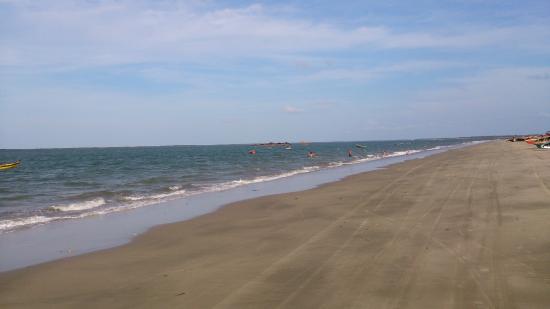
In addition to a beautiful sea bath, Praia do Amor is recommended for those who love nature, especially in a rustic way. From there you can see a beautiful sunset.
Other places that should be visited by those passing through the municipality are the beaches of Arpoador, the Lagoons of Taboa, Jacaré, Areia and Lagoinha.
How to get to Tutóia
For those who wish to visit Tutóia, it is possible to purchase bus tickets from São Luís to Tutóia at the São Luís bus station. The journey to the city takes an average of six hours.
Tips about Tutóia, Delta do Parnaíba and Lençóis Maranhenses
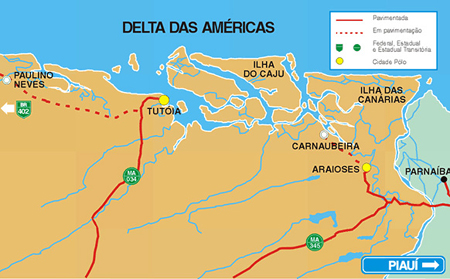

Tutóia no Maranhão

Dicas de Viagem sobre os Lençóis Maranhenses11:11
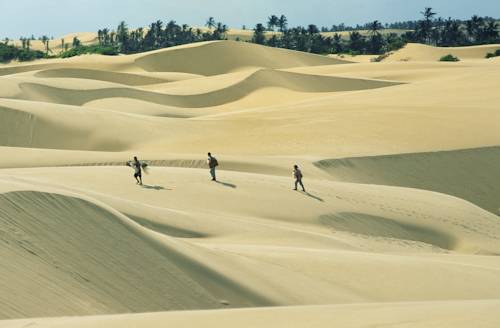
Tutóia no Maranhão - Guia de Turismo
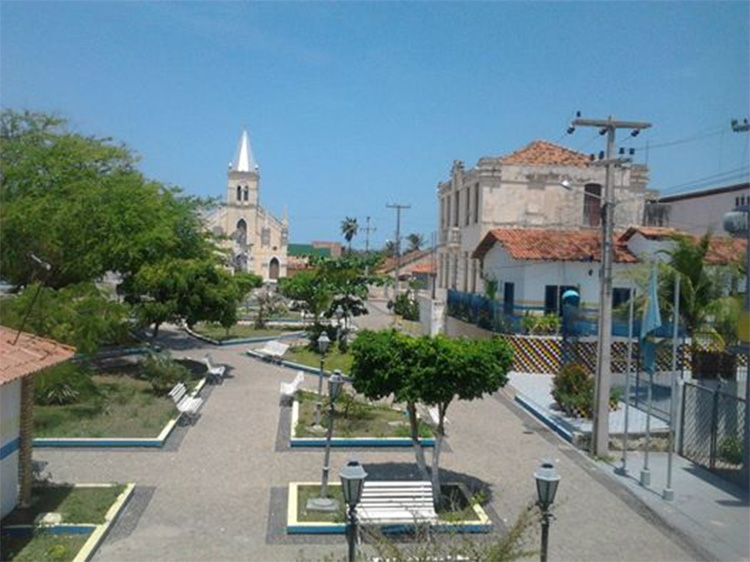
Drone - Tutóia no Maranhão01:30
See also the video Canary Islands in the Parnaíba Delta
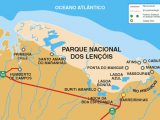
Formação Histórica de Tutóia
The settlement was built on the left bank of the River Tutóia, where it flows into the channel of the same name, formed by the western branch of the River Parnaíba.
The first inhabitants of the region were the Tremebrês Indians, considered to be brave and helpful. In 1727, there were two six-league dates, measured and demarcated by the Indians.
With the denomination of Viçosa, it was elevated to the category of village in 1758, continuing to be known, however, as Tutóia.
In 1871, due to its lack of development, the village was transferred to Barreirinhas, and was placed in a secondary position within the municipality itself. Reacting against the situation, in 1890, it was dismembered from Barreirinhas, to constitute an autonomous Municipality.
In 1901, the Headquarters moved to the village of Porto Salina, a locality that arose in 1822, when Colonel Paulino Gomes Nunes installed his commercial activities on the left bank of the igarapé.
On that occasion, Porto Salina was elevated to a village with the name of Tutóia, the definitive seat of the Municipality.
Tutóia acquired the status of a city in 1938.
Citizenship: Tutoiense
Tourism and Travel Guide of Maranhão and Northeast Brazil



















